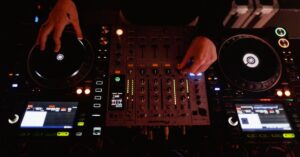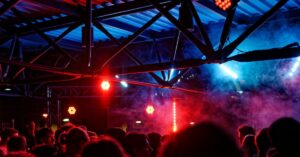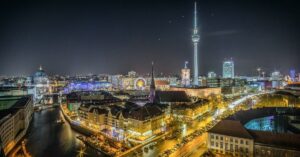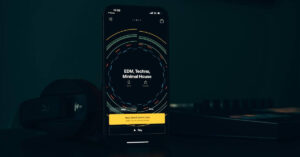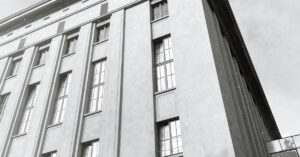How to optimise your music production workflow by separating it in creative and editing phase – from Dennis DeSantis ‘Making Music’ (2015)1
In music production, one of the biggest challenges producers face is maintaining creative flow without getting bogged down by the urge to perfect everything right away. How often have you been in the zone, crafting a melody or laying down a beat, only to stop mid-flow to tweak a small detail? While it might seem productive at the time, this habit of switching between creating and editing can actually slow you down and break your momentum. Once that happens, it’s hard to get back into the creative groove, and your music production workflow suffers.
This brings us to a common question: How can I speed up my music production workflow?
Separating the creative and editorial process
The key is understanding that creativity and editing are two very different processes that require different mindsets. Creativity thrives on freedom, experimentation, and spontaneity, while editing is all about precision, control, and refinement. Trying to do both at the same time can sabotage your progress and make the workflow of making a song much slower.
If you’re struggling with how to speed up your music production workflow, this simple shift can make a big difference. By focusing on the creative phase first and editing later, you’ll not only stay in the zone longer, but you’ll also make the workflow of making a song much more efficient. So the most important thing is to avoid starting with a fully finished track in mind; instead, approach the process with openness, allowing ideas to evolve and be captured as you create.
Creation phase
During the creation phase, your only goal is to capture as much material as possible, without worrying about quality. You should force yourself to move forward continuously – don’t delete or edit anything along the way. Once something is recorded, treat it as finished and move on. The focus here is on speed and quantity, allowing yourself to work freely without judging your ideas. Mistakes are inevitable and should be embraced during this phase.
For example: you created a really good sounding synth-line spending quite some time on sound design. Now before moving on with it, play around with the sequence and record a bunch of variations. This way you can capture similar sounding melodies for future projects.
Editorial phase
Once you’ve gathered a substantial amount of material – or when you feel you’ve hit a natural stopping point – switch into the editing phase. This is where the real refinement happens. Now, instead of generating new content, your goal is to meticulously edit what you’ve already created. Trim, reorganise, and curate your ideas, ruthlessly discarding anything that doesn’t work. You’re basically just assembling all elements into something that work together.
An added benefit of this approach is that, while editing, you might discover material that’s brilliant but doesn’t fit the current track. Rather than letting it go to waste, save it in a ‘recorded samples’ folder. This way you also create a sample library that will sound unique, making your productions stand out more. You can revisit these samples when you’re looking for inspiration or want to start a new project without working from scratch. Some of these saved ideas might be exactly what you need to jumpstart the next project, allowing you to move directly into a new editing phase.
By compartmentalising your workflow in this way, you’ll not only maintain your creative flow during the creation phase but also refine your work more effectively in the editing phase, ultimately speeding up your entire process of making a full song.
Technical strategy
A great technical strategy for the creation phase in music production is to always be recording. Even if you’re just improvising without a clear plan, make sure to capture every sound in your DAW.
By pressing record and simply playing around – tweaking knobs, experimenting with different sounds – you can capture everything you do as a free-form jam session. The key here is to forget that you’re recording. Don’t aim for perfection. Just follow your instincts. If something feels good, go with it. If it doesn’t, move on without stopping the recording. The goal is to stay out of judgment mode and capture as much as possible, focusing purely on creativity rather than critiquing your work. Don’t worry about hard drive space or trying to make things perfect during this phase. You can always clean things up later during the editing process. This way you basically imitate a workflow similar to a hardware workflow where you first record everything from your gear and then move on to process and arrange it.
To make the separation in-the-box (on your computer) even clearer you can use two different DAW Projects for each environment: one as your creation space, and the other as your editing space. This separation helps you switch between creative freedom and precise editing more easily. Alternatively you could also use two different DAWs. Like for example Bitwig for the creative process and Ableton for the editing process if you are familiar with more DAWs. But having separate projects should be sufficient in my opinion, don’t make it too complicated.



